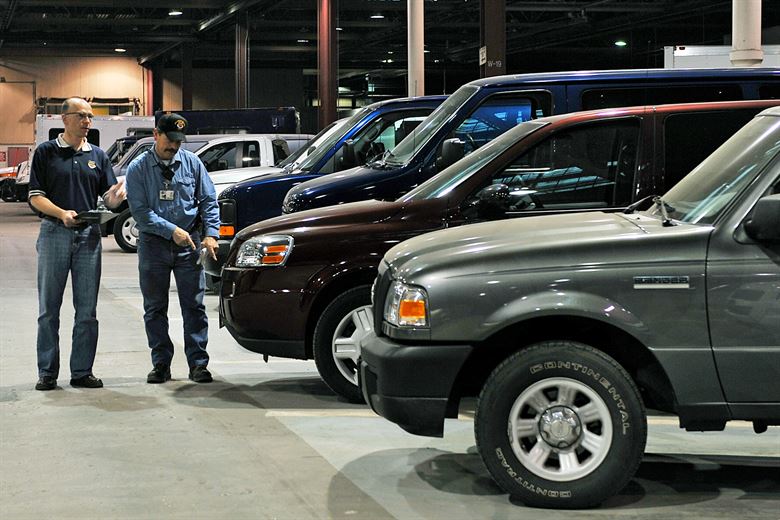- Vehicle Quality
- Parts Choices
- Include the Team
- Speed and Accuracy
You just returned from an auction and acquired a few “new” vehicles. And by “new,” we mean additional cars for your used car operation. Your technical team is prepared to begin the reconditioning process. The average vehicle reconditioning cycle time among dealers is 7 days. The best-performing dealers can complete the process in a few days or less. Surely, you’d want to be considered one of the best. To do so, there are some essential rules to follow to make sure you nail the reconditioning process every single time.
The first rule, which may come as an obvious one, is to acquire better cars. Let’s face it, more recent models with lower mileage and in better condition will have a way faster reconditioning time than a fixer-upper. This will make up for the vehicles that are simply too good to pass up, even if they do need a little bit more love.
Another rule to follow in reconditioning is to assess what’s worth spending money on in replacement parts. This can be on tires, upholstery, body repairs, etc. The list can be endless – and therein lies the problem. What matters is you have an allocated budget for each vehicle that will help you know where to put the money in potential repairs and what may not be necessary. For example, the leather interior may be showing wear and tear. You have choices – replace with leather, replace with synthetic, or just treat the existing material. The worn leather may stop one person from purchasing, but another buyer could be perfectly happy as-is. The only truly necessary repairs are for safety and for sales profit.
A third rule, that may come as a surprise, is to share the results with the reconditioning team. They each have their tasks, but they may not be aware of just how vital their contribution is to the entire dealership operation. Present them with statistics that show the potential loss in gross profit should a job be neglected. Vehicles lose an average of $35-$50 each day they are stuck in reconditioning. You can put hard numbers against speed and accuracy in recon. This will also show them how necessary the entire reconditioning process is, and how integral their jobs are to your dealership’s success. Including the team will give them pride in their work, knowing they’re doing much more than just a job. They’ll see first-hand that their work is an essential ingredient to overall profit at your dealership, and how speed and quality in the reconditioning process are tied to everyone’s success.
That leads us to the fourth rule: You’ll nail the reconditioning process when you make speed and quality the top priorities. What is slowing you down? Where are your strongest assets? How can you improve the cycle-time for each vehicle? There may need to be some adjustments in how decisions and approvals are made, and how you execute the actual reconditioning process. Your team needs to be able to know that it is possible to perform a high-quality job, even if the time to perform it is less. Encourage them to tap in their potential to allow for speed and quality to work together in unison. And, of course, lead by example!
